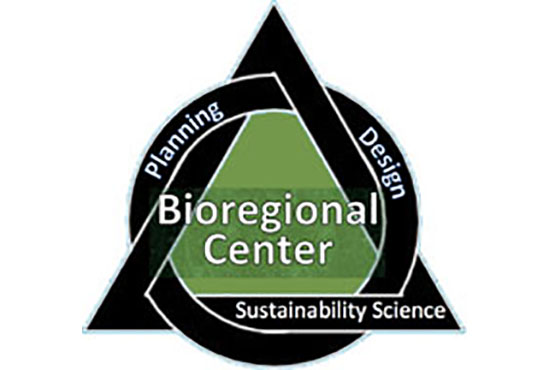How do vacant and industrial land uses impact green infrastructure conditions often presumed to enhance community resilience and public health?
Register now to hear the results of the work from Brown University, UCSD and Texas A&M’s Superfund Research Program supplemental grant, amongst others, focusing on the above question!
Thursday, June 3, 2021, 2:00 - 4:00 P.M. (EDT)

Green infrastructure’s potential to adversely affect the communities it is designed to help is an understudied area of concern among planners and policy makers responsible for the built environment in cities. Climate change presents increasing threats in this field through flooding and the associated risks to human health; the team spanning three leading research universities has tackled this topic through an External Use Case (EUC) in the NIEHS Superfund Research Program.
The Presenters will describe efforts to combine and analyze data sets from SRP Centers and other sources using geospatial platforms. This session will also feature a speaker supported by NSF who will provide discuss Hydroshare, an online system to share hydrologic data and models.
Speakers:
- Pianpian Wu, Ph.D., Dartmouth College, and Caredwen Foley, M.P.H., Boston University
- Andrew Creamer, Brown University
- David Tarboton, Sc.D., Utah State University (Supported by NSF)
- Moderator: Leslie Hsu, Ph.D., United States Geological Survey
The EUC concluded with a final presentation about our progress to a national audience of the EUCs on Feb. 19, 2021. Our efforts to advance the EUC include conversations with the City of San Diego (Senior Planner, Planning Department; and the Sustainability Dept, Climate Action Planning) to use EUC tools as a way to optimize infrastructure investments concerning stormwater and flooding.
UC San Diego has an agreement with the City of San Diego as part of a MetroLab initiative. This creates a platform, pending additional resources, to take advantage of EUC tools and lessons learned in San Diego and other cities. The EUC tools and lessons learned have the potential to help researchers and planners in the San Diego Metropolitan region identify, map and reduce toxicant exposure in disadvantaged, environmental justice communities of color where urban agriculture is irrigated in part by stormwater captured in bioswales.
The collaboration advanced FAIR principles by ensuring that we developed metadata application profiles for our distinct datasets and enriched these metadata with persistent identifiers such as DOIs and URIs for vocabularies and ontologies such as NAICS industrial classification and MeSH and CHEBI identifiers, and iso-codes for locations, etc.
We relied on machine-readable formats and metadata standards for ensuring interoperability as well as standard and open formats. The teams’ datasets were successfully curated as evidenced by the innovative analysis and visualization tools developed to add these data to their platforms and combine these data streams and perform novel analyses and visualize in dashboards, allowing for the application of new research questions, new analyses. This effort exposed the need to further develop metadata application profiles for historical land use/GI data.

